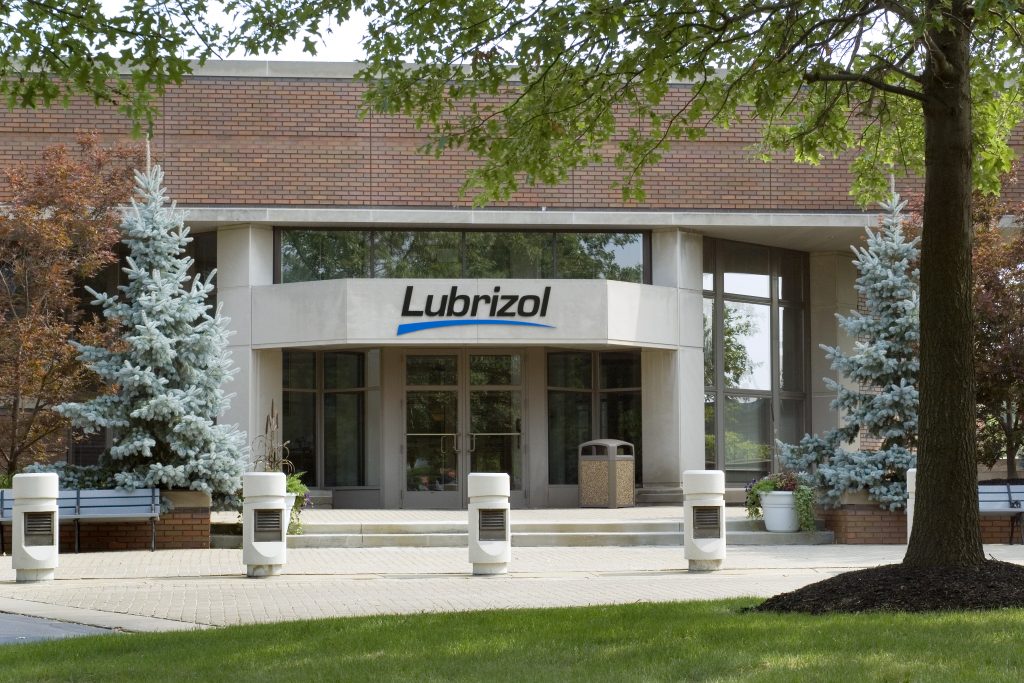Ohio-based chemical compounds and supplies firm Lubrizol has teamed up with Lore Cycle to 3D print personalised biking footwear.
Avid Product Improvement, Lubrizol’s 3D printing division, makes use of 3D scans of the rider’s ft to manufacture footwear that completely suits every buyer’s distinctive foot form. The result’s the Lore Two—a biking shoe that includes a 3D-printed thermoplastic polyurethane (TPU) higher, geared toward delivering unparalleled consolation and help.
The Lore Two assortment gives three fashions to swimsuit varied biking preferences. The Lore Two Low Nylon, beginning at $1,349, is engineered to ship a superior pedaling expertise in comparison with normal biking footwear.
The subsequent mannequin, the Lore Two Low Carbon, is priced at $1,649 and is each lighter and extra inflexible than the Low Nylon model. It’s designed for riders preferring a conventional dorsal lower with no higher dorsal contact, offering better responsiveness.
On the prime of the road is the Lore Two Mid Carbon, a premium possibility costing $1,849. This incorporates patent-pending, light-weight carbon dorsal higher panels to amplify energy and efficiency.
“By harnessing the ability of Lubrizol options, Lore Cycle is revolutionizing how footwear are manufactured and worn,” commented Gert-Jan Nijhuis, Basic Supervisor of Lubrizol 3D Printing. “We’re thrilled to see how our know-how has contributed to the creation of Lore’s 3D printed footwear, which mix cutting-edge know-how with Lubrizol’s materials & utility science.”
Nijhuis additional emphasised the advantages of additive manufacturing. He famous that it allows extra sustainable onshore manufacturing and gives prospects the chance to personalize their sportswear for enhanced consolation and efficiency.
Lead occasions for the brand new Lore Two biking footwear are at the moment estimated at 12 to 14 weeks.


The Lore Two: personalised, 3D printed biking footwear
Stephan Drake, Lore Cycle’s CEO, calls the Lore Two “a groundbreaking leap ahead into the way forward for footwear.”
Typical biking footwear are typically constructed from mass-produced, generic molds or ‘lasts’. These are inclined to replicate a median foot form, with out accounting for particular person variations in foot width, arch top, toe form, or biomechanics.
In contrast, the Lore Two 3D printed footwear are custom-made and designed to completely match the distinctive form of every rider’s ft. This personalised method goals to enhance match, consolation, and efficiency. “The form of the carbon shell precisely cups your sole, relieves fats pad strain, and incorporates a perfected {custom} toe field that lets your foot unfold out beneath load”, defined Drake. This reportedly interprets to enhanced energy switch and pedal effectivity, discount of conventional lifeless spots, and higher aerodynamics.
As a result of the Lore Two footwear are totally personalized, the shopping for expertise can be distinctive. To buy a pair of {custom} 3D-printed biking footwear, prospects first want to offer a high-resolution 3D scan of their ft, which takes about 10 minutes to finish. This scan might be finished at choose bike retailers throughout North America, Europe, Asia, and Australia. For purchasers who aren’t close to a collaborating location, Lore Cycle gives to ship a 3D scanner to the closest bike store to facilitate the method.
Subsequent, every distinctive 3D scan is transformed right into a bespoke biking shoe design, which is then 3D printed utilizing Lubrizol’s additive manufacturing supplies. The ultimate product meeting is carried out by a 3rd social gathering, with Lubrizol’s supplies and 3D printing know-how solely used for the shoe higher. As soon as produced, the biking footwear are shipped on to the client.


3D printed footwear hit the cabinets
3D printing has obtained rising curiosity throughout the footwear market, because of its potential to personalize merchandise for distinctive buyer wants. Final yr, multinational printing agency HP partnered with Brooks Working to develop Exhilarate-BL 3D printed trainers.
These footwear function 3DNA, a 3D printed midsole know-how that gives a propulsive, springy really feel. Working information from prospects is used to tailor the midsole measurement, enhancing cushioning and bounce. Multi Jet Fusion (MJF) 3D printing know-how was used to manufacture the shoe midsoles, which reportedly outperforms 90% of rivals in right now’s market.
Elsewhere, 3D printing has been adopted to allow extra versatile and reasonably priced shoe manufacturing. Earlier this yr, it was introduced that 3D printed footwear startup ELASTIUM had partnered with LaLaLand Manufacturing & Design, California’s largest shoe producer.
This collaboration seeks to speed up localized and sustainable mass manufacturing via the No-Minimal-and-Most-Order-Amount (No-MMOQ) method. Right here, 3D printing is mixed with standard mass manufacturing methods, reportedly chopping funding prices by as much as 80%. It gives manufacturers the flexibility to go from idea to market in a matter of weeks with out minimal or most order portions.
The primary product launched via this partnership was the Orca, Elastium’s newest 3D printed sneaker. This combines a TPU foam 3D printed midsole with a mixed elastane and 3D printed TPU higher.
All of the information from Formnext 2024.
Who’re the leaders in additive manufacturing? Vote now within the 2024 3D Printing Trade Awards!
Wish to share insights on key business developments and the longer term 3D printing? Register now to be included within the 2025 3D Printing Trade Govt Survey.
What does the way forward for 3D printing maintain?
What near-term 3D printing developments have been highlighted by business specialists?
Subscribe to the 3D Printing Trade e-newsletter to maintain up with the most recent 3D printing information.
You can even comply with us on Twitter, like our Fb web page, and subscribe to the 3D Printing Trade Youtube channel to entry extra unique content material.
Featured picture reveals a Lore Two 3D printed shoe. Picture through Lore Cycle.

